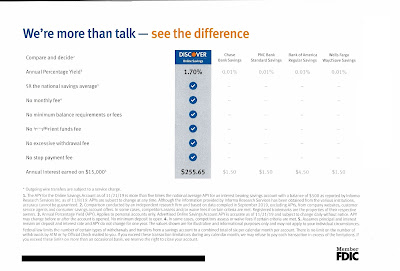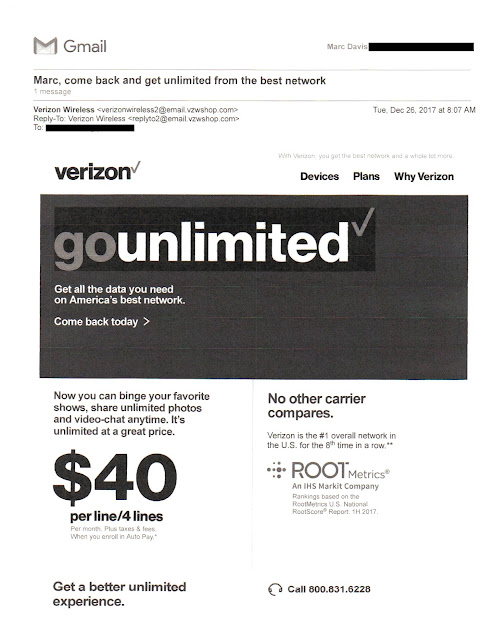I've written a few times about Celebrity Cruises' spray & pray approach to email. In 2018, during the weeks leading to a cruise, I was bombarded with emails selling future cruises. The following month, I shared how they had emailed me again and again. Later in the year, I counted more than 200 marketing emails from them.
 |
| So many Celebrity Cruises emails, so little time to read them |
I thought this type of bombardment was a Fail for Targeting. Maybe I was wrong, because they still appear to be taking the approach -- hitting me with 19 emails within a week.
Between March 1 and March 3, Celebrity sent me 10 emails. Eight of them were upsells for my upcoming cruise -- drink package, specialty dining, professional photos, WiFi, etc. Perhaps they could have spaced these out at bit? Maybe? Please? One of the 10 emails was for a semi-annual sale; the other was for cruises to Alaska. If that isn't spammy, I don't know what is.
None of these emails conveys emotion. How about at least one email that might convey excitement? Maybe open with, "We are very excited to have you abord the Celebrity XXX on XXX. Here are some things to know as you prepare to check in." Perhaps give a reminder to, you know, not forget your bathing suit.
I can't simply ignore all these emails. One of them is germane to understanding what I need to do to check in and ensure a smooth embarkation process. So, that's one functional email and 200+ that are not useful. (There might be a second important email in the bunch, but I can't find it.) It's like that Beastie Boys song: They can't, they won't, and they don't stop.
Maybe when it comes to future sales marketing and upsell, less isn't more in the cruise industry? I don't know! I do know that, by the time I arrive to check in for my Celebrity sea cruise, I'll already feel salty.
Lesson:
Direct marketing isn't only transactional. It's about building a relationship that improves the customer experience.























